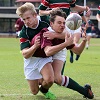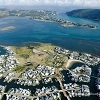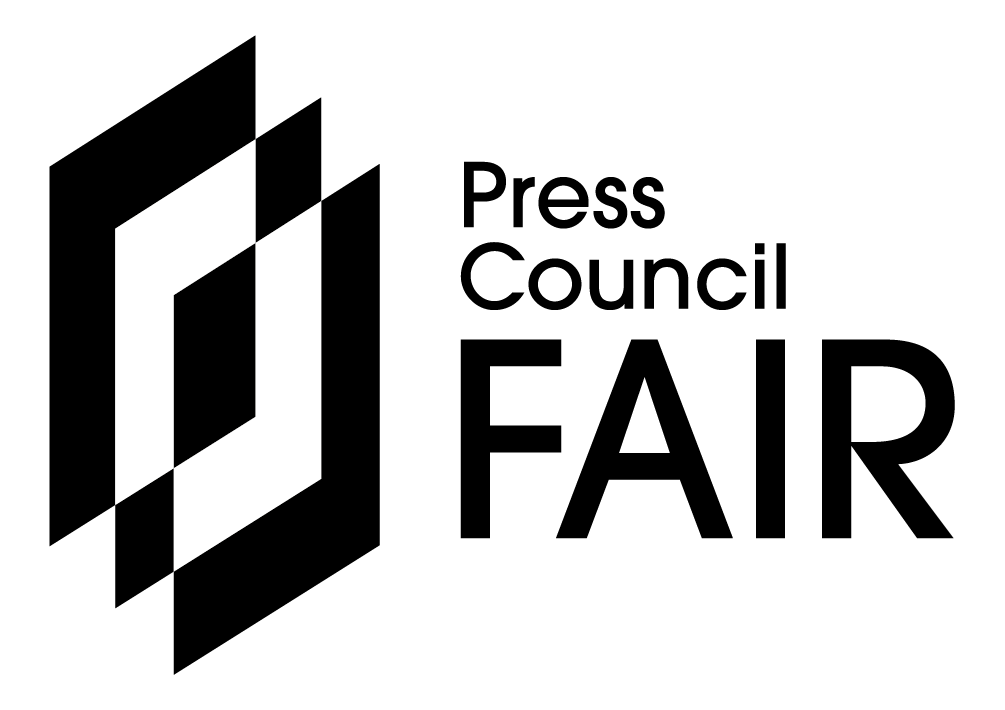Video
LIFESTYLE NEWS AND VIDEO - Erika Stander, a 68-year-old Hout Bay resident, was unable to move or speak when her husband, Kobus, found her slumped over in the bathroom at 06:30 one chilly morning.
Netcare 8, Netcare 911’s latest twin-engine aircraft, was about to make its very first emergency landing on the helipad of Netcare Christiaan Barnard Memorial Hospital.
Megan Kerr Atherton, an experienced emergency medical practitioner, was on standby when the call came in at Netcare 911. Recognising the signs of a severe stroke, Megan understood that conventional road transport would delay crucial treatment and increase risk. Acting decisively, she alerted the Helicopter Emergency Medical Service (HEMS) as she made her way to the Standers’ home.
Navigating through rush-hour traffic, Megan arrived quickly. Once on scene, her initial fears were confirmed: Mrs Stander had no movement on her left side, slurred speech and facial drooping – leaving no doubt about the urgency of the situation.
“Time is critical for stroke patients, and once activated, the HEMS process moves very fast. I started a drip to stabilise Mrs Stander while the team secured the best landing spot for the helicopter on a nearby school’s sports field. Fortunately, the principal was there to open the gates, allowing us to prepare for a safe landing and take off,” she says.
Mrs Stander was swiftly transported to the rooftop helipad at Netcare Christiaan Barnard Memorial Hospital – a vital piece of infrastructure that facilitates rapid patient transfer directly to advanced trauma and critical care units. “The seamless integration of technology and expertise across both air and ground emergency services can significantly expedite treatment, giving patients the best chance of recovery,” explains Megan.
Meanwhile, at the hospital, the accident and emergency department team was preparing for Mrs Stander's arrival as neurosurgeon Dr Thembani Hina made his way through heavy traffic to get there. “The stroke treatment protocol is unforgiving in its demands for speed. Patients must ideally be treated within four hours to avoid permanent damage, and delays can mean the difference between recovery and disability. Mrs Stander’s journey from stroke onset at 06:30 to CT scan and treatment by 09:20 was a race against time executed flawlessly,” he notes.
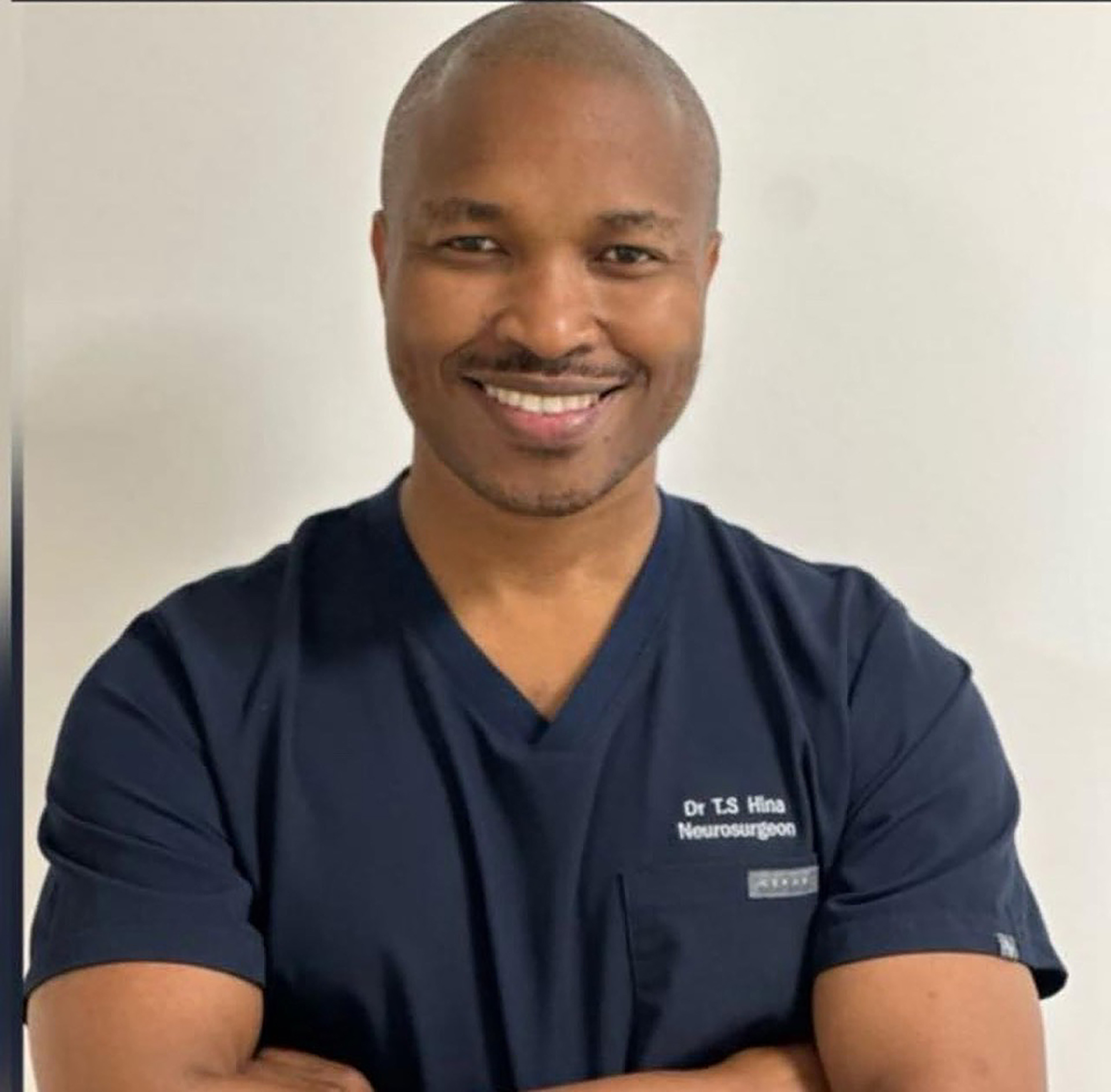 Neurosurgeon, Dr Thembani Hina.
Neurosurgeon, Dr Thembani Hina.
“With a stroke, treatment cannot be delayed, as every minute without the appropriate care results in the death of thousands of brain cells. Yet, unfortunately, there is still not enough public awareness that stroke is a medical emergency. There are things we can do to prevent or limit the brain damage resulting from a stroke, but only if treatment begins soon enough. The potential for recovery is highest when patients are promptly treated at the proper specialised facilities, equipped with the full range of acute stroke diagnostics and therapies,” emphasises Dr Hina.
“When the helicopter touched down with Mrs Stander, the hospital’s angiography suite was ready for a thrombectomy — a minimally invasive procedure where a catheter is threaded through the arteries of the patient, usually via the groin – to remove the blood clot in the brain. This specialised intervention combining intravenous medication and advanced imaging can be carried out with the precision and speed needed to save brain tissue and maximise recovery,” he said.
One of a handful of local specialists qualified to perform a mechanical thrombectomy, Dr Hina explains that this system takes stroke treatment to a new level.
“Once a large clot blocking a major artery has been identified via a CT scan, biplane angiography – which is imaging that shows vessels from two angles simultaneously – can be used if the patient is within the required treatment window. This system enables surgeons to pinpoint the clot’s exact location while guiding their tools precisely during the thrombectomy, allowing them to watch the removal in real time from different views, making the procedure safer and more effective.”
VIDEO - World Stroke Day: How to protect your heart – Interview with The Heart & Stroke Foundation SA:
This advanced technology enables doctors to treat both types of strokes, those caused by bleeding (haemorrhagic) and those caused by clots (ischaemic), and other complex neurovascular conditions.
Minimally invasive procedures of this nature are now routine in modern healthcare settings such as Netcare Christiaan Barnard Memorial Hospital, offering new hope for stroke survivors who might otherwise face devastating outcomes. The hospital’s seamless integration with emergency services, including the addition of an emergency medical helicopter, demonstrates how infrastructure and expertise come together to save lives – something the Stander family experienced first-hand.
Kobus Stander remembers the moment the anaesthesiologist wheeled Erika’s bed from the recovery room, and he and their daughter Aimee saw movement in her left toes and fingers. “The effect was almost immediate. After that, Erika spent three days in intensive care, followed by rehabilitation, but thanks to the rapid air transfer and advanced stroke care, she was back on her feet quickly. Though still tired, she has returned to her long-distance walking – and just this morning she walked five kilometres.”
Mr Stander credits the entire team as angels who managed the emergency with calm determination and skill. “Their seamless teamwork—from the first call through to hospital handover—demonstrates the lifesaving power of integrated emergency services. The paramedics’ role can’t be underestimated. Megan was an angel; she was central to recognising the urgency, obtaining medical aid approval, arranging the helicopter, determining the landing site, and collaborating with the ambulance team. We will forever be grateful to them.”
Dayne Olsen, Netcare 911’s cluster manager for the Western and Eastern Cape, highlights that this case reflects broader advances in South African emergency medical services. “Netcare 911 operates a 24/7 helicopter service across Gauteng, KwaZulu-Natal, and the Western Cape. The addition of Netcare 8 to the Western Cape’s emergency response is a game-changer. Equipped with advanced medical technology and staffed by expert emergency practitioners, it delivers intensive care in the air. Its ability to land directly at the Netcare Christiaan Barnard Memorial Hospital helipad cuts transfer times and connects air ambulance services to one of the country’s top trauma facilities, a Level 1 Trauma Centre. This not only improves patient access to appropriate healthcare but also strengthens trauma systems across the region every day,” he notes.
Studies have shown that helicopter transport for stroke patients increases the likelihood of receiving timely interventions, improving neurological outcomes and reducing mortality.
While ground ambulances remain essential, helicopters bypass traffic and geographical barriers, delivering patients swiftly to specialised centres. In South Africa’s urban and rural mix, this rapid transport is especially vital.
According to Shadeeran Govender, hospital general manager of Netcare Christiaan Barnard Memorial, “Netcare 8’s success story with Erika Stander is a testament to how technology and human dedication can tilt the balance in favour of recovery, even in emergencies that once would have seemed hopeless.”
When Megan and her colleagues recently visited Erika and Kobus Stander in Hout Bay, she was struck by the moment Erika came walking towards her, smiling. “I got goosebumps. She didn’t look like someone who had so recently had a stroke. It is rare to see a patient bounce back like that after something so serious. I am grateful we pushed so hard to make everything happen so quickly. Mrs Stander is still dealing with some short-term memory issues, but otherwise, she looks fantastic,” concludes Megan.
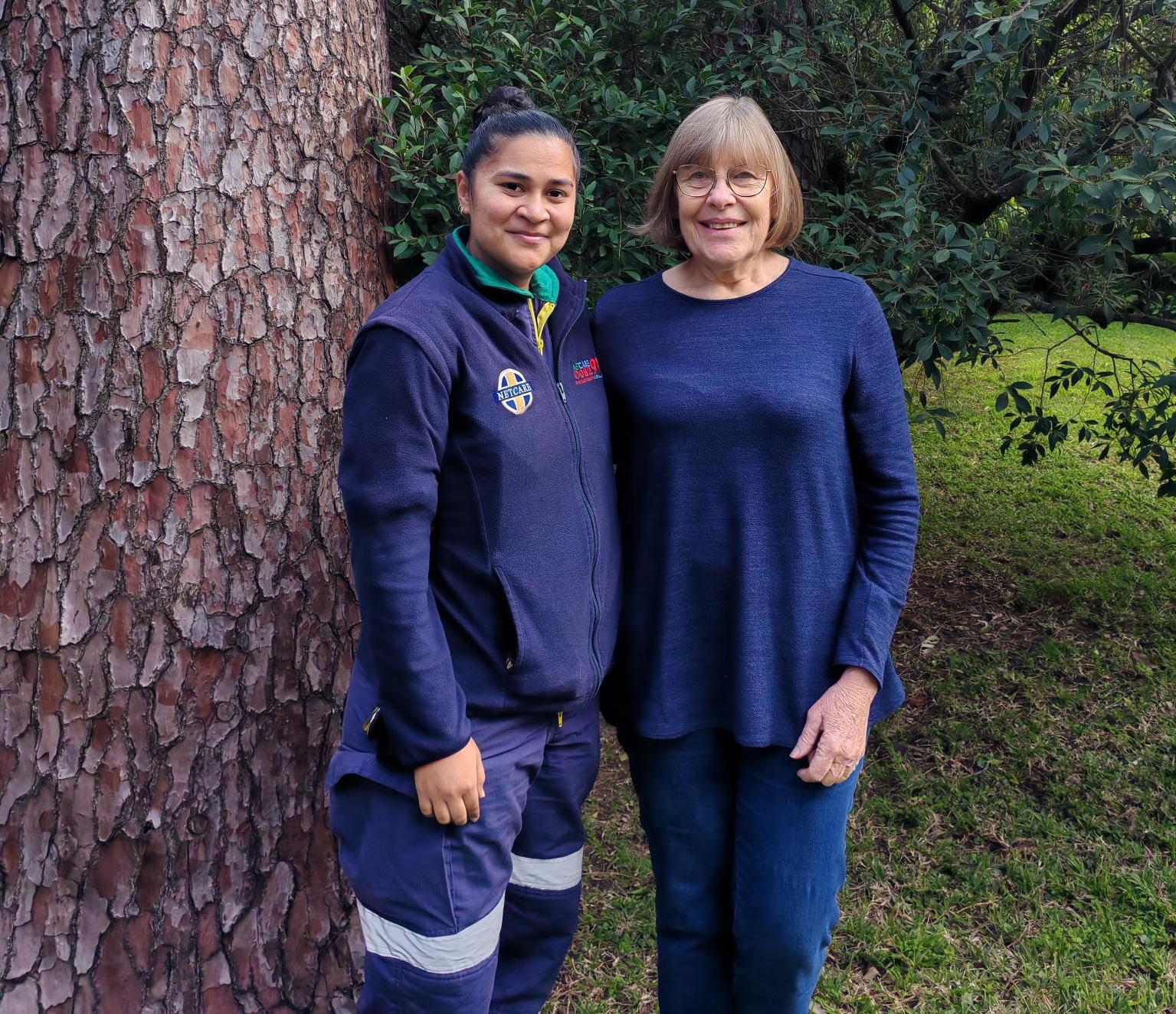 From stroke to stride: 68-year-old Erika Stander is back to conquering her regular 5km morning walks after her medical scare. Netcare 911's Megan Kerr Atherton dropped by to check in on the Hout Bay resident, who is proving that comebacks are real.
From stroke to stride: 68-year-old Erika Stander is back to conquering her regular 5km morning walks after her medical scare. Netcare 911's Megan Kerr Atherton dropped by to check in on the Hout Bay resident, who is proving that comebacks are real.
Know the signs of stroke
“Anyone can make a difference in saving a life by spotting the signs of a stroke and acting fast. Thanks to advances in treatment, many strokes can be stopped from causing severe damage or even death, however the best results come when treatment starts within the first few hours after a stroke,” explains neurosurgeon Dr Thembani Hina.
“Time really matters with stroke, but too often people miss the symptoms or do not understand how urgent it is to get help right away. Unlike a heart attack, stroke signs can be subtle, but that does not make them any less of an emergency. That is where the acronym BE FAST comes in – it is a simple way to remember what to look for and how to respond,” he adds.
B for Balance – Sudden difficulty in maintaining balance.
E for Eyes – The person may experience problems with their vision, including loss of sight in one eye or blurred vision.
F for Face drooping – Facial muscles may be impacted, often causing facial asymmetry as one side of the face starts to droop.
A for Arm or leg weakness – The person may feel weak in one or both of their arms or legs and may feel numb on one side of their body. They may also experience poor coordination and difficulty walking or standing. Usually, this occurs on one side of the body.
S for Speech difficulty – The person may slur words, use words incorrectly or not be able to speak.
T for Time – Take note of the time the stroke began or was first noticed. This is also the time to call emergency medical services, such as Netcare 911 on 082 911.
“Today, we have incredible tools to reduce the damage caused by strokes, but getting emergency medical help quickly is crucial. Every minute makes a difference – sometimes just a few minutes can change the entire outcome for a patient’s survival and recovery,” Dr Hina concludes.
‘We bring you the latest Garden Route, Hessequa, Karoo news’





